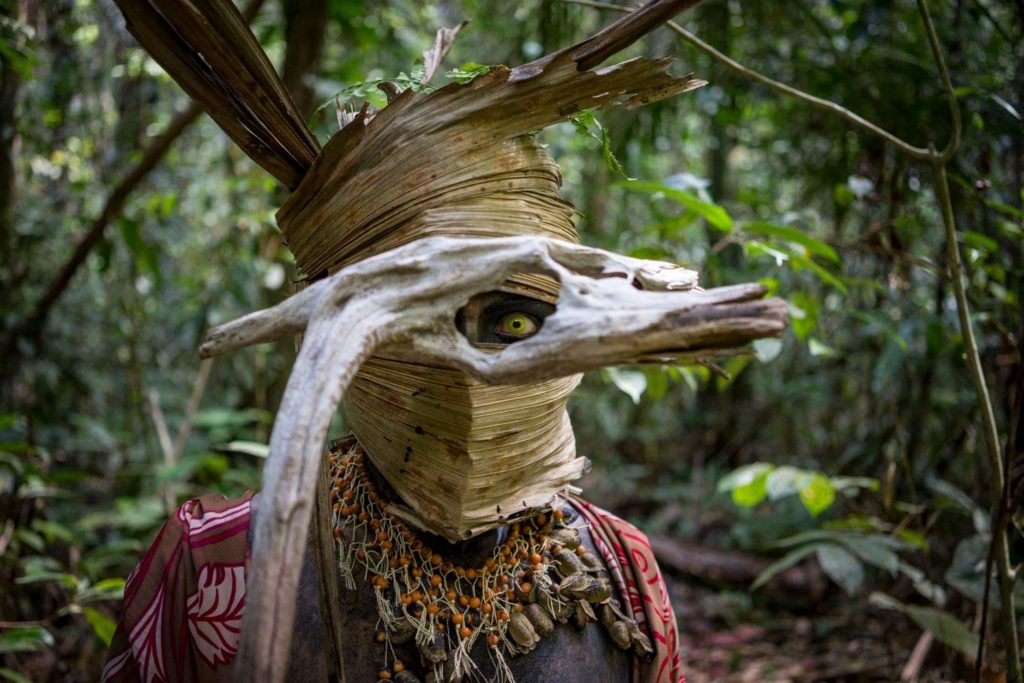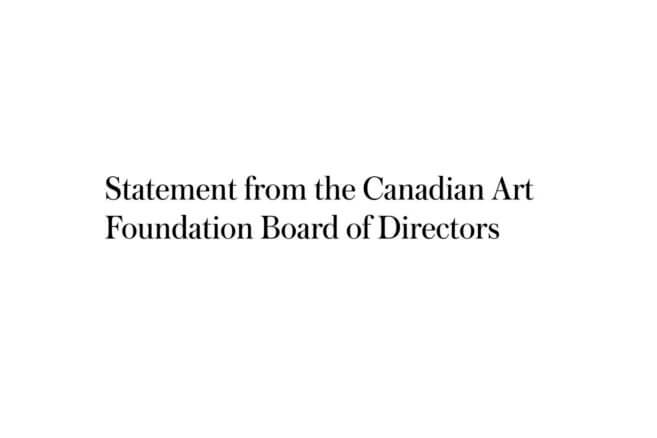The Arctic and Amazon regions are thousands of miles away from each other, and they are each home to quite distinct microclimates, ecosystems and peoples.
But the Indigenous communities in these regions share a lot of similarities too, says Toronto-based curator Gerald McMaster, supervisor of OCADU’s new Wapatah Centre for Indigenous Visual Knowledge.
Accordingly, McMaster is one of the key forces in helping bring the new symposium Arctic/Amazon to the Power Plant Contemporary Art Gallery in Toronto on September 19 and 20.
Co-presented by the Wapatah and the Power Plant, the Arctic/Amazon symposium hopes “to gather emerging scholars, curators and Indigenous artists to meet and exchange ideas, share works, and develop collaborative strategies that centralize traditional Indigenous knowledges for the survivance and thrivance of Indigenous and non-Indigenous communities amidst tumultuous environmental times,” says the project website.
The symposium is many years in the making.
“Years ago, I started thinking about these two areas and talking to people from these two areas,” McMaster tells Canadian Art. “Obviously there are great differences. But there are similarities in histories with outsiders, with early Europeans who…didn’t realize that there were Indigenous peoples in these areas.” He adds: “Then you have [shared] histories of trade, of Christianization, of extractive technologies, and each of these two regions [is] impacted and affected by climate change.”
Speakers at the symposium include Billy Gauthier, the Inuit and Métis artist and activist who went on a 13-day hunger strike in 2016 to protest the flooding of a reservoir at Muskrat Falls, Labrador. Also present will be Emerson Munduruku, a visual artist and biologist based in Manaus, Brazil, whose performance practice is inspired by Amazonian myths.
The keynote for the Arctic/Amazon symposium is to be dialogical, featuring Concordia University Research Chair in Circumpolar Arts Heather Igloliorte and filmmaker and agroforestry agent Yube Huni Kuin, with renowned author Lee Maracle providing facilitation and storytelling responses. Similarly, for several of the artistic presentations and small group discussions, Arctic and Amazon representatives are paired up to encourage dialogue and exchange. Some of the responses will also take the form of performances each day.
Elder Tom Cowie will do the official welcoming and closing, and a dance party with Geronimo Inutiq as DJ will follow the closing event. Other speakers include artist Mark Igloliorte; filmmaker and curator Jocelyn Piirainen; artist, activist and gallery owner Jaider Esbell; and sound artist Waira Nina Jacanamijoy-Mutumbajoy. Denilson Baniwa, the founder of Rádio Yandê, Brazil’s first all indigenous radio, will be there, as will past Eiteljorg Fellow and Joan Mitchell Fellow Sonya Kelliher-Combs.
Tickets for the Arctic/Amazon symposium are free to all. Among the project’s supporters are the Andy Warhol Foundation, which recently provided $100,000 toward the initiative, the Toronto Inuit Association and the Inuit Art Foundation.
Because the space allotted for this month’s symposium is relatively small, there’s more to come for a bigger audience—namely, a wider Arctic/Amazon conference and exhibition at the Power Plant in 2020.
“The conference next year will be much larger—and I’ll be working with the Power Plant on the exhibition,” McMaster says. “The idea for this year was a smaller, conversational style symposium…more of a dialogue.” He hopes next year’s events will be able to involve more artists from the circumpolar Arctic, beyond North America, as well.
Those interested in experiencing the Arctic/Amazon symposium via a possible livestream are advised to keep checking the project website for updates.

 Uyra Sodoma is a drag persona of artist and biologist Emerson Munduruku who, in the artist’s words, channels “expressions of deep Amazonia in symbols, processes and emotions.” Munduruku, based in Manaus, Brazil, is one of the participants at the Arctic/Amazon symposium in Toronto.
Uyra Sodoma is a drag persona of artist and biologist Emerson Munduruku who, in the artist’s words, channels “expressions of deep Amazonia in symbols, processes and emotions.” Munduruku, based in Manaus, Brazil, is one of the participants at the Arctic/Amazon symposium in Toronto.




